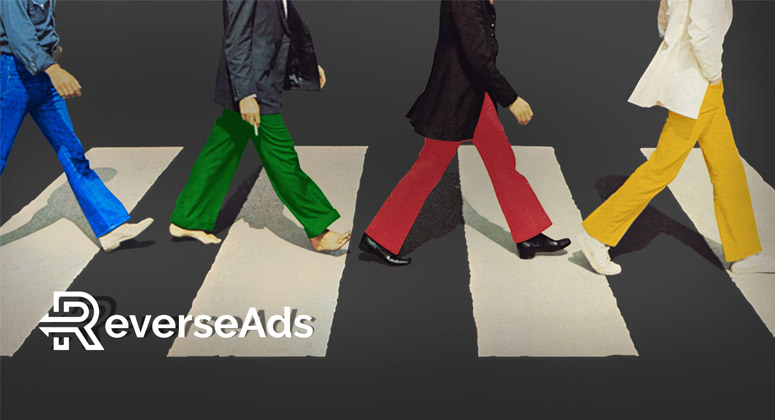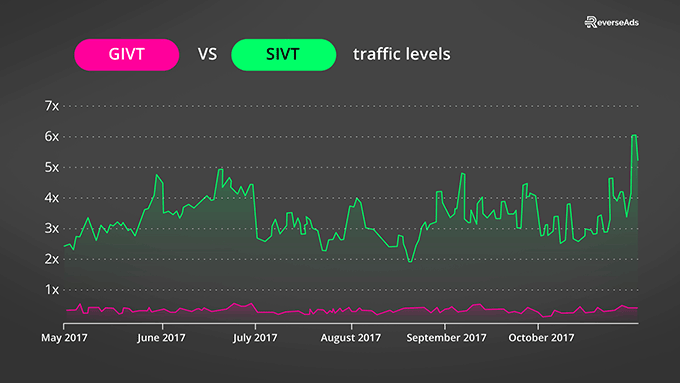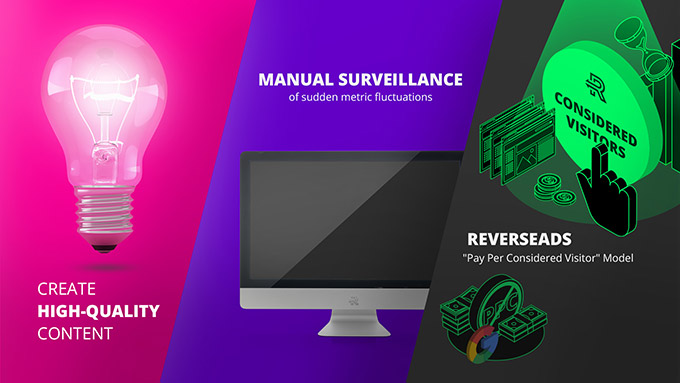The Separation of Genuine and Invalid Traffic

Remember to Look Both Ways to Avoid Incoming Fraud
We’ve all ‘accidentally’ clicked on an ad that remotely resembled what we’re looking for, only to get disappointed, and off we go again: closing another tab. It doesn’t affect us much, but in the marketing world, this would count as an impression.
Your brands may have come across this phenomenon more often than not: having a good deal of impressions but a less than impressive conversion rate. It’s even earned itself an abbreviation to further emphasize just how infamously it’s being communicated.
This occurrence is called Invalid Traffic – or IVT.

What is IVT?
Invalid traffic encompasses both clicks and impressions on any form of ad that does not generate genuine interest. This covers all forms of fraudulent traffic, accidental clicks, and other mechanically generated traffic. IVT can be akin to ad fraud – which could be harmful to your brand as we’ve talked about it in our previous blog.
One might argue that ‘there’s no such thing as bad publicity’: we’d agree, but in this case – not really. In a macro sense, IVT messes up the analytical data, making it harder for advertisers to plan campaigns and in turn, increase cost. Hence, when you do experience any suspicious traffic, it’s best to take it seriously.
Putting it under the microscope has also shown that IVT can be split up into 2 different types:
General Invalid Traffic (GIVT)
The softer of the 2, GIVT makes up your crawlers and bots that do not mimic human traffic, thus making it easier to detect and take action against. Although it’s easily blocked with a few lines of code (through robots.txt files), it’s always an annoyance to have as its always in the background – it’s like a fever you can’t sweat out.
Sophisticated Invalid Traffic (SIVT)
Somehow or rather, IVT’s been taking notes from the Play-Doh factory because SIVT is just that – a formless, unpredictable variation of IVT. Designed to mimic human behavior, it’s constantly being redeveloped into a wide variety of options for fraudulent purposes.
Over the years, SIVT has become more difficult and complex to deal with, as its modus operandi mainly consists of a grand manipulation of analytics. This poses a bigger threat to advertisers with regards to the profiling of your brand’s customers as it’s hard to discern SIVT from genuine traffic.

3 Tips for Marketers to Reduce Invalid Traffic
IVT will always be around as long as online advertising exists, but marketers can work around it.
- Create high-quality content
It goes without saying that as we generate quality content, it provides us with quality leads. It’s simple and effective, especially with discerning genuine traffic from your entire data set. If you’re able to attract customers with a certain content piece, you’ll know that it works despite the varying impressions – both genuine and false.
This information will help better able you to personalize your brand to your consumers.
2. Manual surveillance of metric fluctuations
Although data analytics is mostly automated, we still have to be observant of any sudden fluctuations in behavior so as to be able to tackle the issue when it arises. Keep a lookout for metrics such as “average session duration” (ensure that visits are over one second) and “page scroll depth” (scrolling past 10%).
Any abnormalities are signs of bot/invalid traffic.
3. Third-party services
There are many third-party companies that claim to help detect suspicious behaviors like IVT and ad fraud. Some of these services are capable of eliminating non-human traffic even before the site (or ad) loads in real-time – providing you with a better curve and look on your data analytics.
ReverseAds has introduced its own method for separating the good, the bad and the ugly, so to speak. Its “Pay-Per-Considered-Visitor” model addresses the issue at hand where marketers only need to pay for considered clicks when a user spends longer than 20 seconds on your website, visits three pages or reaches 100% scroll depth. This helps to effectively cancel out invalid traffic and ad fraud/bots of any kind.
To learn more, visit us reverseads.com, or connect with us via Facebook and LinkedIn.





